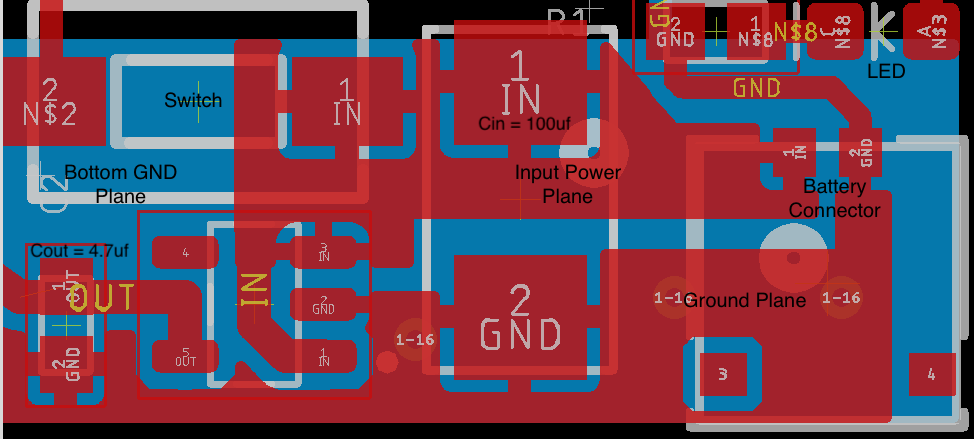I am planning to use TPS7A02 for converting a LiPo battery output to 3.3V fixed. Specs for battery are: Type: LiPo; Rated Voltage: 3.7V; Voltage at full charge: 4.1V; Minimum Voltage at which battery will be replaced: 2.8V
The sensor which will be powered consumes 15uA current while in sleep state and periodically wakes up at every 2 sec consuming peak current of 180mA for 10ms.
Is TPS7A02 a good choice for this application, will TPS7A02 maintain its low Iq when it is in dropout and consume low Iq in ranges of nA while the battery voltage drops as low as 2.8V.
Thanks!


